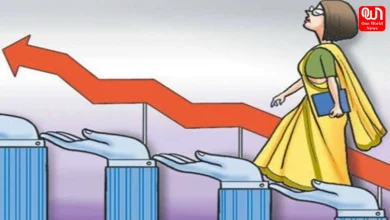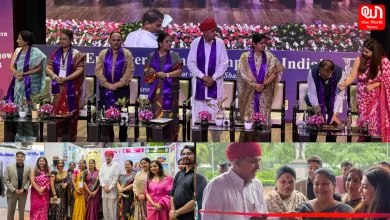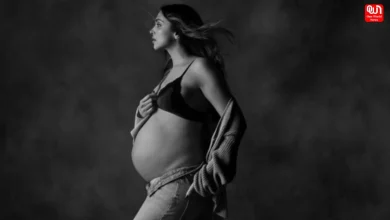5 female Dalit writers’ books you should read

Books by Female Dalit authors you should read in your lifetime
As soon as we hear Dalit literature, we start remembering male writers of Hindi Dalit literature, whereas Dalit women writers have equal contributions in Dalit literature. That is why today we are going to tell you five books of Dalit women writers that you should read.
1. Shikanje Ka Dard by Sushila Takbhore: Shikanje Ka Dard means to be caught in a trap, from which a person starts to suffer to get rid of it. How the life of a Dalit woman is trapped in the clutches of all-around struggle of Brahminical patriarchy, caste, gender, class and how much she struggles to get rid of it, keeping the same struggle honesty in the autobiography of Sushila Takbhore. From sitting on dharna to study while escaping child marriage, to writing about the separation of the customs from the Hindu religion of the community she belonged to (Valmiki community), the book personifies domestic violence after marriage with rage passes through every stage of life with strength. It is a good choice to read the autobiography of Sushila Takbhore to get a real feel of how the struggles of a Dalit woman are different from that of an upper-caste woman.
2. Padchaap by Rajni Tilak: Rajni Tilak is one of the prominent poets of Dalit literature. Two of her poetry collections are still with us. Out of which according to her is the first collection of poetry is Padchaap which was published in 2000. The genre of poetry in literature is not untouched by anyone, but Rajni Tilak connected this poem completely with politics. Padchaap means the sound produced by the feet while walking i.e. Rajini sharpens her words against the Brahmanical patriarchy, against the caste system, and favors inclusive feminism through her poems. She mentions all the political massacres in her poems, also writes against the Gujarat riots of 2002 and is also seen against making children violent. Rajni Tilak’s poems are a good medium to understand how a Dalit woman poetess sees the politics of the country.
Read More: 7 Hygiene Products every woman should carry in her bag while traveling
3. Ek thi Kotewali by Anita Bharti: Anita Bharti is currently the president of the Dalit Writers Association, a poet, writer, critic, story writer. In the Ek Thi Kotewali story collection, Anita Bharti is putting before the reader the status quo of the mindsets that are flourishing in a good number of educational institutions regarding the reservation. In the story, the struggle of a Dalit teacher named Geeta with the upper caste women of the school is shown for quota i.e. reservation. Anita Bharti speaks vocally on Dalit feminism. She raises the question of Dalit women in her own way. The present story exposes the caste discrepancies prevailing in the workplace of the Dalit woman i.e. school. Those people who are in favor that there is no physical or mental caste violence in educational institutions, in cities, must-read Anita Bharti’s story collection.
4.Dohra Abhishaap by Kausalya Baisantri: Kausalya Baisantri has written the first autobiography of Hindi Dalit literature, Dohra Abhishaap. In her autobiography, Kausalya writes about personal life struggles, active in anti-caste movement since youth, caste violence as well as the atrocities of Brahminical patriarchy on Dalit women, social evils like child marriage, polygamy, priceless marriage. She writes that there was a practice of widow marriage in their caste communities but it had different rules and they were against the same rules as widows were married during the night and the husband was sent home at night so that people would not see him and no one else.This autobiography is a must-read to understand how a Dalit woman sees and evaluates the everyday life around her.
5. Majhya Jalmachi Chittarkatha/The Kaleidoscopic Story Of My Life by Shantabai Kamble: “Majhya Jalmachi Chittarkatha (The Kaleidoscope of My Life in English)” by Shantabai Kamble is the first autobiography of a Dalit woman published in 1983. Shantabai writes about the sexual division of labor in her autobiography. From hunger pangs in childhood due to lack of food, the struggle of caste, class, and gender of a Dalit woman is told through the main character of the autobiography Naja. This work was also translated into the French language and it was also telecast on Mumbai Doordarshan under the play Nelika. In this way, the autobiography was written in Dalit literature from the point of view of feminism, whose struggle was as much on the basis of caste and class as it was on the basis of gender. That is why this book should be read to develop a proper understanding of the struggles of Dalit women.
Have a news story, an interesting write-up or simply a suggestion? Write to us at info@oneworldnews.com







